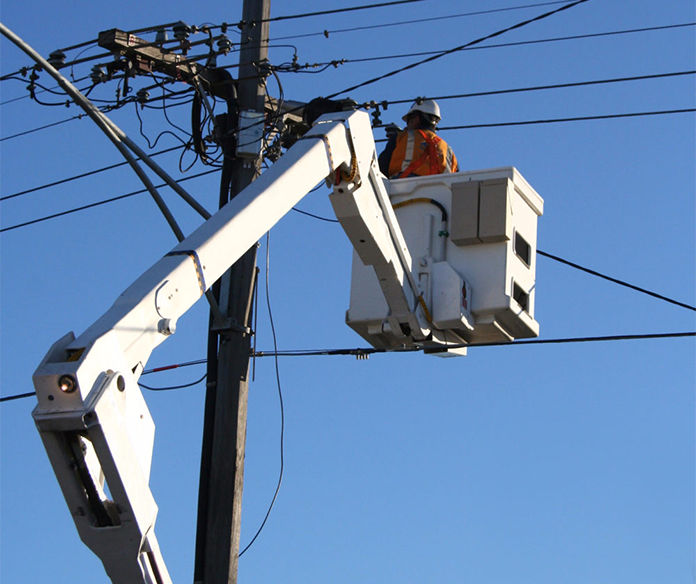The Vital Role of Bucket Truck Training in Ontario for OHSA Compliance
Bucket trucks, also known as aerial work platforms, are indispensable equipment in many industries across Ontario, including construction, telecommunications, utilities, and tree care. While these machines offer versatility and efficiency for elevated work, they also pose significant risks to operators and those working in proximity. To mitigate these risks and ensure the safety of workers, the Occupational Health and Safety Act (OHSA) in Ontario mandates comprehensive bucket truck training. This article delves into the importance of bucket truck training in Ontario, emphasizing its critical role in OHSA compliance, workplace safety, and accident prevention.
- Ensuring OHSA Compliance
The Occupational Health and Safety Act (OHSA) in Ontario is a comprehensive framework designed to protect workers and ensure safe working conditions across all industries. OHSA compliance is not an option but a legal requirement for all employers. It stipulates that employers must take every reasonable precaution to protect the safety of their workers.
Bucket trucks are commonly used for tasks such as tree trimming, electrical repairs, and telecommunications installation. The operation of these vehicles carries inherent risks, including falls, electrical hazards, and equipment malfunctions. OHSA mandates that employers provide appropriate training to workers who operate bucket trucks to mitigate these risks effectively.
Bucket truck training programs in Ontario are designed to align with OHSA requirements, ensuring that workers are adequately trained to operate these vehicles safely and in compliance with the law. Comprehensive training covers topics such as equipment operation, fall protection, electrical safety, rescue procedures, and hazard assessment, providing workers with the knowledge and skills they need to work safely at heights.
- Enhancing Workplace Safety
Workplace safety is a shared responsibility between employers and employees. Bucket truck training plays a pivotal role in enhancing safety by equipping workers with the knowledge and skills necessary to identify and mitigate risks associated with aerial work.
One of the key components of bucket truck training is the emphasis on fall protection measures. Falls from bucket trucks can result in severe injuries or even fatalities. Proper training ensures that workers understand the importance of using fall protection equipment, such as harnesses and lanyards, and know how to use them correctly.
Additionally, training programs cover emergency procedures and rescue techniques, equipping workers with the skills needed to respond to accidents or equipment malfunctions promptly. These skills can make the difference between life and death in critical situations.
By investing in bucket truck training, employers create a safer work environment and reduce the likelihood of accidents, injuries, and fatalities, thereby fostering a culture of safety within their organizations.
- Preventing Accidents and Injuries
Prevention is the cornerstone of workplace safety, and bucket truck training is a proactive measure that helps prevent accidents and injuries. Proper training ensures that operators are familiar with the specific risks associated with bucket truck operation and are equipped with the tools to avoid them.
For instance, operators learn about the dangers of overhead power lines and how to maintain a safe distance from them while operating the bucket. They also gain an understanding of the importance of inspecting the bucket truck and its components regularly to identify potential issues before they lead to accidents.
Moreover, bucket truck training emphasizes the significance of situational awareness and hazard assessment. Operators are trained to evaluate their work environment, identify potential hazards, and take appropriate precautions. This proactive approach reduces the likelihood of accidents caused by oversights or insufficient risk assessment.
- Equipment Familiarity and Competency
Bucket trucks are complex pieces of machinery with various controls, mechanisms, and safety features. Operators must be not only familiar with the equipment but also competent in its operation. Bucket truck training programs in Ontario cover all aspects of equipment operation, ensuring that operators are fully competent to handle the machinery safely and efficiently.
Training includes hands-on experience with the bucket truck’s controls, demonstrating how to extend, retract, and maneuver the boom safely. Additionally, operators are taught about the safe use of outriggers, stabilizers, and other features to maintain stability during work.
Competency in equipment operation not only reduces the risk of accidents and equipment damage but also enhances productivity. Skilled operators can complete tasks more efficiently and effectively, contributing to overall workplace efficiency.
- Certification and Documentation
Bucket truck training programs in Ontario typically conclude with an assessment and certification process. Workers who successfully complete the training receive certificates as evidence of their competency. These certificates serve as valuable documentation of training and can be used for compliance purposes.
Documentation is essential in OHSA compliance as it provides proof that employers have taken the necessary steps to ensure worker safety. In the event of a workplace inspection or incident investigation, having records of bucket truck training can demonstrate an organization’s commitment to safety and compliance.
- Liability Reduction
In the event of a workplace accident or injury involving a bucket truck, liability can become a significant concern for employers. Without proper training and documentation, employers may face legal consequences, fines, and damage to their reputation.
Bucket truck training helps mitigate liability by demonstrating that employers have fulfilled their duty to provide adequate training and ensure the safety of their workers. In the event of an accident, having trained and certified operators can help show that the organization took reasonable precautions to prevent the incident.
Additionally, trained operators are less likely to make errors that could result in accidents, reducing the likelihood of costly legal battles and insurance claims. Investing in training can ultimately save organizations significant financial and reputational damage.
Conclusion
In Ontario’s diverse industries, the operation of bucket trucks is integral to many essential tasks. However, with the convenience of using these aerial work platforms comes the responsibility to prioritize safety and OHSA compliance. Bucket truck training plays a crucial role in achieving these goals.
By ensuring OHSA compliance, enhancing workplace safety, preventing accidents and injuries, promoting equipment familiarity and competency, providing certification and documentation, and reducing liability, bucket truck training safeguards workers, protects organizations, and fosters a culture of safety. In Ontario, where safety regulations are stringent and workplace safety is paramount, investing in bucket truck training is not just a legal requirement but a moral obligation that benefits everyone involved.
Click here for more information on Bucket Truck Training in Ontario.
Click here for Government of Ontario regulations for Bucket Truck Training.


